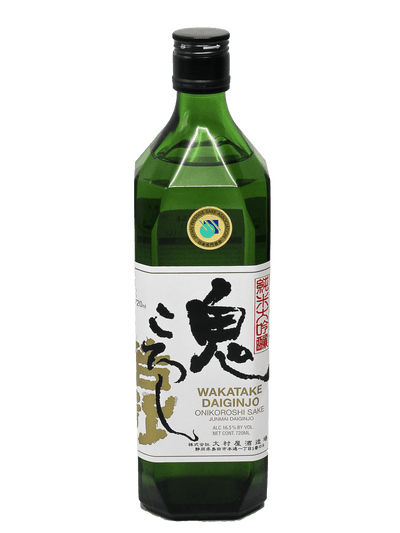What’s the difference between charred and toasted whiskey barrels?

Charred and toasted whiskey barrels are both used in aging whiskey, but differences exist between them, which you can sample when you purchase from the best liquor store California!
Charred barrels receive a direct flame, which blackens the wood. The amount of charring varies, and it is typically classified by a number system, with higher numbers indicating more intense charring. This charring process caramelizes the natural sugars in the wood, which imparts a smoky, toasty flavor to the whiskey. It also helps to filter out any impurities in the wood.
Toasted barrels, by contrast, are heated more gently. The wood is subjected to a longer, slower heating process that brings out more of the wood’s natural flavors. You will discover vanilla, nutmeg, and caramel in the whiskey bottle. Toasted barrels tend to produce a more subtle flavor profile in the whiskey than charred barrels, and they are often used for lighter, more delicate whiskies.
In general, charred barrels are used for aging stronger, more robust whiskies, while toasted barrels are used for lighter, more delicate whiskies.
The Charring Difference between Wine and Whiskey Barrels
The charring process for whiskey barrels and wine barrels is generally similar, but a few differences should be noted. First, the level of char for wine barrels is typically less intense than for whiskey barrels. This is because wine doesn't need as much contact with the wood to achieve its desired flavor profile, and a lighter char lends a more subtle influence of the wood on the wine. Second, the type of wood used for wine barrels is often different than the wood used for whiskey barrels.
Finally, the charring process for wine barrels may be more focused on the toasting aspect than the charring aspect. Toasting involves heating the wood at a lower temperature for a longer period, which can help to bring out different flavors and aromas than charring. Toasted wine barrels may impart flavors of vanilla, caramel, and spice, while charred whiskey barrels tend to have a smoky, woody flavor.
Overall, while the basic concept of charring a barrel is the same for both whiskey and wine, there are differences in the intensity of the char, the type of wood used, and the emphasis on toasting versus charring, all of which can affect the flavor and aroma of the final product.
Digging Deeper into Charring and Toasting
Here's a more detailed explanation of how charred and toasted whiskey barrels affect flavor and aroma, along with some examples of whiskies aged in each type of barrel from the liquor store California:
Charred Barrels:
- Flavor: The intense charring imparts a smoky, woody flavor to the whiskey, along with notes of caramel, vanilla, and spice. The longer the whiskey ages in a charred barrel, the more intense these flavors become. Additionally, the charred barrel helps to filter out any impurities in the wood, resulting in a cleaner, smoother whiskey.
- Aroma: The aroma of whiskey aged in a charred barrel is rich, woody, and smoky, with notes of vanilla, caramel, and spice. There may also be hints of burnt sugar, tobacco, and leather.
Examples: Many bourbons are aged in charred barrels, including Jim Beam, Maker's Mark, and Wild Turkey. Scotch whiskies may also be aged in charred barrels, such as Laphroaig Quarter Cask and Lagavulin 16 Year Old.
Toasted Barrels:
- Flavor: The gentle heating of toasted barrels allows the natural flavors of the wood to come through more prominently. These include notes of vanilla, coconut, nutmeg, and caramel. The resulting whiskey tends to be more delicate and nuanced.
- Aroma: The aroma of whiskey aged in a toasted barrel is often described as sweet and nutty, with notes of vanilla, caramel, and coconut. There may also be hints of spice and fruit.
Examples: Irish whiskeys, such as Jameson and Bushmills, are often aged in toasted barrels. Some American whiskies, such as Four Roses Single Barrel and Woodford Reserve, also use toasted barrels for aging.
It's worth noting that many distilleries use a combination of charred and toasted barrels to achieve a desired flavor profile. Additionally, the age of the whiskey, the type of wood used for the barrel, and the climate in which the whiskey is aged can all have an impact on its flavor and aroma.


















Great information. Concise and explained in layman’s terms.
I host a lot of bourbon/scotch events and your words will help me clear things up!!
Leave a comment